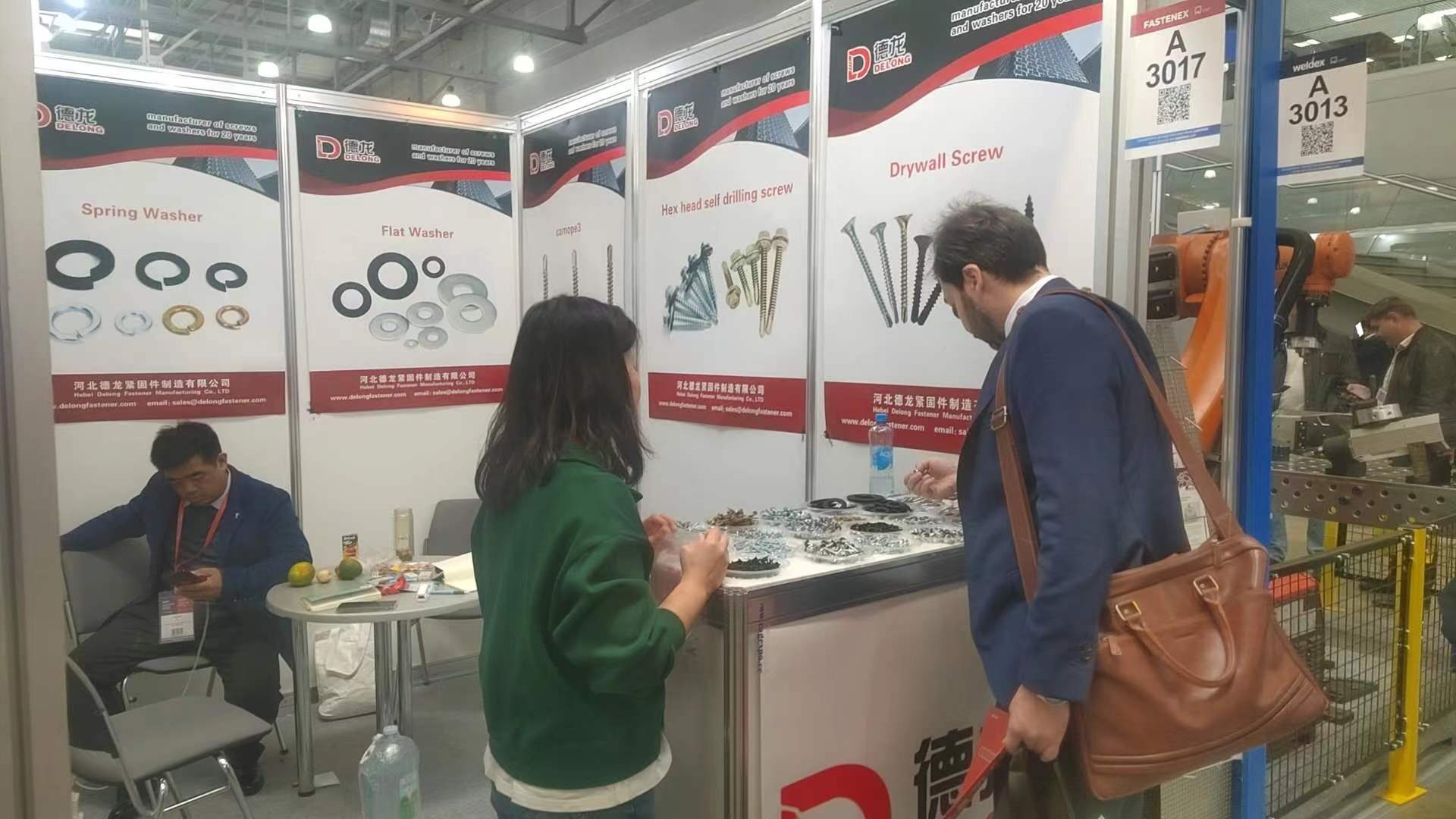Spring Washer Safety Solutions for Enhanced System Reliability and Performance
Understanding Spring Washer Safety Systems in Product Design
In the realm of engineering and manufacturing, safety is paramount. One area that often goes overlooked in discussions about safety systems is the use of spring washers. These small but vital components play a crucial role in the overall performance and security of mechanical systems. This article delves into the function of spring washers, their application in safety systems, and why they are essential for ensuring the longevity and reliability of products.
What are Spring Washers?
Spring washers, often referred to as helical springs, are designed to provide a resilient action when placed under compression or tension. Unlike standard flat washers, spring washers are engineered to absorb shocks, maintain tension, and compensate for wear, deformation, or differential thermal expansion. Their unique characteristics make them ideal for applications where joint integrity and component stability are crucial.
The Role of Spring Washers in Safety Systems
One of the primary purposes of incorporating spring washers into safety systems is to prevent loosening of fasteners due to vibration, thermal cycling, and other dynamic loads. In many industrial applications, fasteners are prone to loosening over time, leading to catastrophic failures. Spring washers mitigate this risk by exerting a constant restorative force against the fastener, helping to maintain its clamping force even under fluctuating loads.
For example, in the automotive industry, spring washers are commonly used in critical components such as engine mounts, suspension systems, and brake assemblies. The ability of spring washers to accommodate movement and maintain tension is vital in ensuring that these components function safely and effectively. In aerospace applications, where the stakes are exceptionally high, spring washers help ensure that critical structures remain intact in extreme conditions.
Types of Spring Washers and Their Applications
There are several types of spring washers, each designed for specific applications
1. Split Lock Washers These are the most commonly used spring washers, designed to prevent nuts and bolts from loosening. Their split design allows them to exert a continuous force against the fasteners, which is particularly effective in high-vibration environments.
spring washer safety systems product

2. Belleville Washers Known for their conical shape, Belleville washers can provide a significant amount of force in a relatively small space, making them ideal for high-pressure applications. They are often used in valve assemblies and hydraulic systems where precision and reliability are essential.
3. Wave Washers This type features a wave-like profile and is effective in applications requiring low to moderate loads. They are commonly used in electronic devices and automotive applications where space is limited, yet performance cannot be compromised.
Benefits of Spring Washers in Product Design
The inclusion of spring washers in product design offers numerous advantages
- Increased Safety By preventing fasteners from loosening, spring washers directly contribute to the safety and reliability of mechanical systems. This is especially important in industries where failure can lead to severe consequences.
- Cost-Effectiveness While the initial cost of spring washers may be higher than traditional washers, their ability to prevent failure can lead to significant cost savings in maintenance and downtime. Furthermore, their durability can extend the lifespan of components, reducing replacement costs.
- Versatility Spring washers can be utilized in a wide range of applications, from automotive and aerospace to consumer electronics and heavy machinery. Their adaptability makes them a valuable addition to numerous designs.
Conclusion
In conclusion, spring washers are a fundamental element in the design of safety systems across various industries. Their ability to maintain tension and absorb shock makes them indispensable in applications where safety and reliability are non-negotiable. As industries continue to prioritize safety and performance, the role of spring washers will only become more prominent. Engineers and designers must recognize the value of these components and incorporate them thoughtfully into their products to ensure the highest standards of safety and functionality. Investing in quality spring washers is not just a smart engineering decision; it is a crucial step toward safeguarding lives and enhancing the reliability of mechanical systems.
-
Top Choices for Plasterboard FixingNewsDec.26,2024
-
The Versatility of Specialty WashersNewsDec.26,2024
-
Secure Your ProjectsNewsDec.26,2024
-
Essential Screws for Chipboard Flooring ProjectsNewsDec.26,2024
-
Choosing the Right Drywall ScrewsNewsDec.26,2024
-
Black Phosphate Screws for Superior PerformanceNewsDec.26,2024
-
The Versatile Choice of Nylon Flat Washers for Your NeedsNewsDec.18,2024










